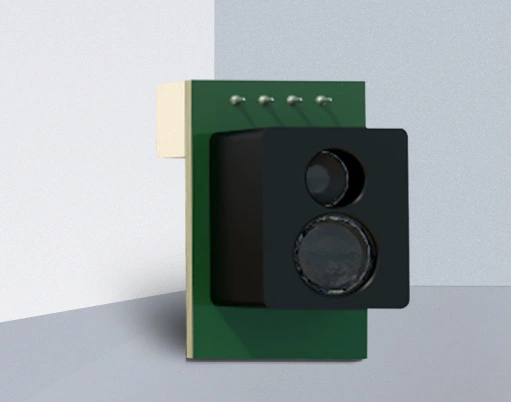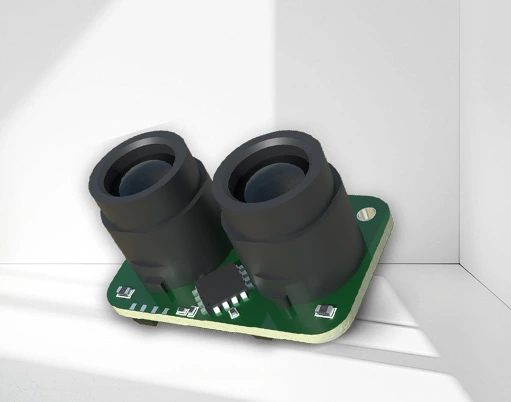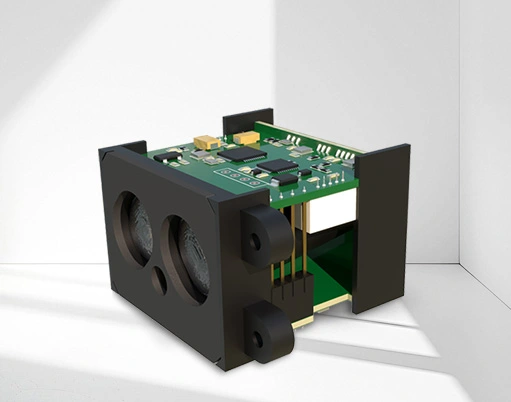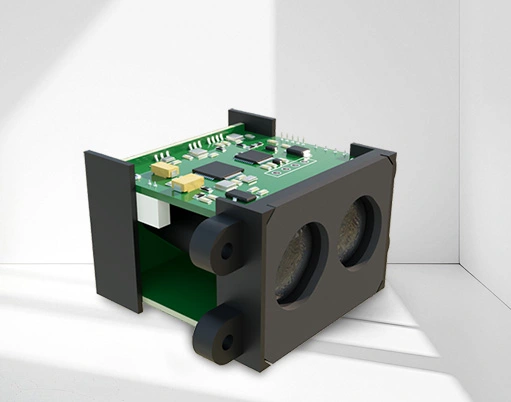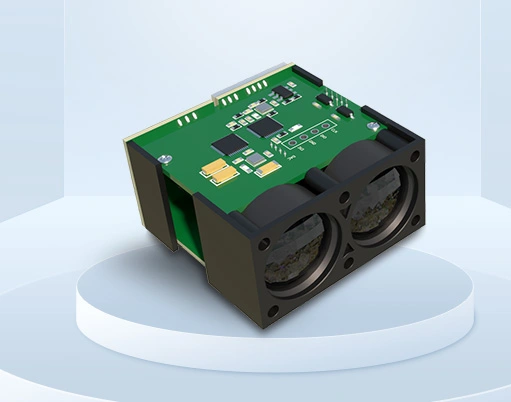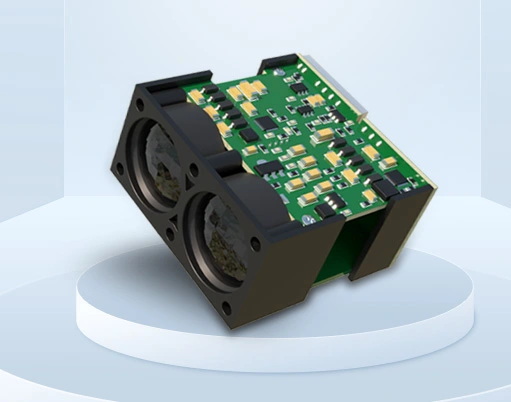
The core reason for the more accurate measurement of laser sensors lies in the synergistic effect of the physical characteristics of the laser itself, signal processing methods, and technical design. This can be analyzed in depth from the following aspects:
The inherent physical characteristics of lasers determine the basis for high precision
Extremely high directionality: Laser is coherent light generated by stimulated radiation, with extremely small beam divergence angles (usually less than 0.1 milliradians, equivalent to a spot diameter of only about 10 centimeters from 1 kilometer away), and highly concentrated energy. In contrast, the beam divergence of infrared or ultrasound is severe (such as the infrared ranging beam may spread to tens of centimeters from 10 meters away), making it susceptible to reflection interference from surrounding objects, resulting in measurement point deviation. Laser can accurately focus on the target point, reducing the error of "false triggering".
Monochromaticity and coherence: The wavelength of the laser is single and stable (such as commonly used 635nm and 905nm lasers), with minimal interference from ambient light (such as sunlight and lighting). For example, in outdoor strong light environments, infrared sensors may experience signal distortion due to the mixing of stray light, while laser sensors can only receive reflected light of specific wavelengths through filtering techniques, resulting in a significant improvement in signal-to-noise ratio.
Stability of the speed of light: Laser propagates at the speed of light (approximately 300000 kilometers per second), with minimal fluctuations in its speed in air (which can be accurately compensated for by algorithms due to temperature and pressure effects). Compared to ultrasound (whose speed is greatly affected by air density and humidity, with an error of up to ± 5%), laser propagation speed is easier to accurately calculate, providing a stable benchmark for distance measurement (based on the principle of "time difference x speed of light/2").
2. Signal processing technology further reduces errors
High precision time measurement: The core of laser ranging is to measure the time difference (TOF technology) or phase difference (phase method) of laser round-trip. Modern laser sensors use high-precision timers (such as picosecond clocks, where 1 picosecond equals 10 ⁻¹ ² seconds), which can capture even small time differences. For example, a distance of 1 millimeter corresponds to a time difference of approximately 6.7 picoseconds, and advanced sensors can distinguish signals at this level, achieving sub millimeter level accuracy.
Optimization of anti-interference algorithm: By using algorithms such as multi pulse detection and peak recognition, stray reflections in the environment (such as diffuse reflections of dust and mist) are eliminated, and only the effective reflection signal of the target object is retained. For example, in a dusty environment in an industrial workshop, the algorithm can filter out the interference pulses of dust to ensure that the measured value is the true distance of the workpiece.
Temperature and drift compensation: The sensor is equipped with a built-in temperature sensor and calibration chip, which can real-time correct errors such as circuit delay and laser wavelength shift caused by temperature changes. For example, changes in circuit response speed in high-temperature environments may introduce errors, and compensation algorithms can automatically correct them through preset temperature error models to ensure stable accuracy throughout the entire temperature range (such as -40 ℃~85 ℃).
3. Structural design reduces mechanical and environmental errors
Precision design of optical system: The optical paths of the laser emitter and receiver are strictly aligned, and a focusing lens is used to compress the beam to the minimum spot, reducing the reflection deviation caused by uneven target surfaces. For example, when measuring rough metal surfaces, small light spots can prevent the light spot from covering concave or convex areas, ensuring that the reflected signal comes from the same plane.
Anti vibration and impact design: Industrial grade laser sensors adopt a rigid housing and shockproof structure to reduce the impact of mechanical vibration on the optical path or circuit. In contrast, mechanical contact sensors (such as vernier calipers) may cause displacement of the measuring head due to vibration, while the non-contact characteristics of laser sensors fundamentally avoid such errors.
Sealing and Protection Performance: The casing is designed with high protection levels such as IP67/IP68 to prevent dust and moisture from entering optical components or circuits, avoiding signal attenuation or optical path deviation caused by pollution, and maintaining measurement stability for a long time.

























